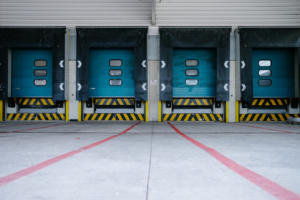I was traveling on an airplane last week and the gentleman sitting next to me told me he was in the steel industry. He had some reading to catch up on so I didn’t visit too much with him until closer to the end of the flight. He was reading several reports: “Construction Materials Outlook”, “Automotive Sector Outlook”, “Recovery Economics; Threats and Opportunities”. They sounded very interesting and before the end of the flight he asked me if I wanted them because he was going to recycle them.
So I took the reports. One never knows where some useful information may come from. I thought I’d read through them and then recycle them myself. Before I do, I’ll share the summary of what I read.
The auto industry seems to be more hopeful than the construction industry. The short-term outlook for the auto industry is positive but constrained. The long-term growth trajectory is robust, yet will take time. These seem like fairly safe projections to make. And I like that they are positive statements. In the construction industry, it appears power related construction and the hospital/higher education categories are the only ones showing measurable growth. Single family residential is “up a bit” and multi-family residential construction is “accelerating”.
Both industries are watching regulations and government activity. In the auto industry the concern is about stiffening emission and fuel economy regulations. The construction industry is concerned about the decreasing momentum of federal stimulus funded projects, and the squeeze on state and local government spending and its affect on infrastructure.
What struck me most were the parallels to things we’ve been writing about in this blog for the past several months. Underlying themes include new business models of “seeking joint ventures/partnerships/strategic acquisitions”, a focus on flexibility, and my personal favorite… “Integration and implementation are the new differentiators”.
There will still be ways to get projects done, even if private sector funding is tight. Developers will be more strategic about the projects they choose to undertake. The projects that happen in your community will need to be carefully analyzed for the positive impact and their ability to pay the community back, versus the “cost” to participate. Oftentimes it’s a perspective issue with elected officials. Make sure you present the project from all angles…. “If we don’t do this project…” “If we do this project……”. As a good friend and colleague of mine says, “My favorite project is….the next one”.





